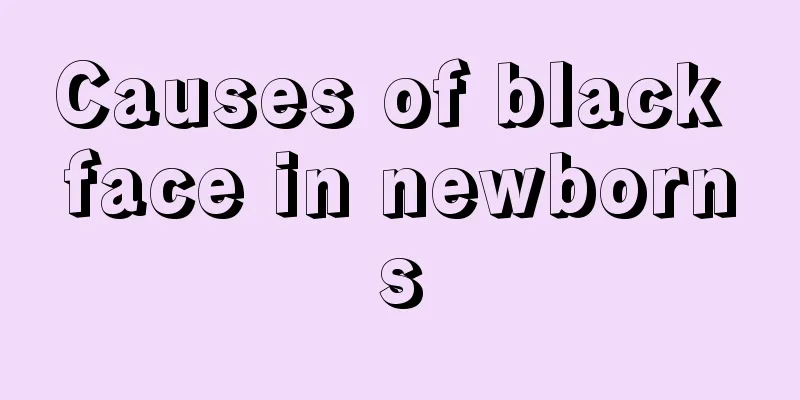How to perform cardiac compression in children

|
Cardiac compression is something that every one of us should know. Knowing the method of cardiac compression can enable us to implement a rescue measure in emergency situations, especially for people who are drowning. However, for children, cardiac compression may be different. Children have weaker constitutions, so we need to be careful. Let’s take a look at how to perform cardiac compression on children! ⑴ Pressing position: on the midline at the junction of the middle and lower 1/3 of the sternum or 2.5 to 5 cm above the xiphoid process. ⑵Pressure method: ① The rescuer places the base of one palm against the chest compression area and the other palm on the back of this hand. The two hands are overlapped and parallel with the fingers crossed and slightly lifted to clear the fingers from the chest wall. ② The rescuer's arms should be straightened, with the midpoint of the shoulders perpendicular to the pressing part, and the upper body weight and shoulder and arm muscle strength should be used to press vertically downward. ③ The compression should be performed steadily and regularly without interruption, and the time for pressing down and relaxing upwards should be equal. There should be an obvious pause when pressing to the lowest point. Do not press hard or in a jumpy manner. When relaxing, the base of the palm should not leave the chest compression area, but should be relaxed as much as possible so that the sternum is not subjected to any pressure. ④ The compression frequency is 80 to 100 times/min, 90 to 100 times/min for children, and the appropriate ratio of compression to relaxation time is 1:2. The ratio with breathing is the same as above After reading the introduction above, I believe you already know how to perform cardiac compression on children! Everyone should know how to perform pediatric CPR to prevent unexpected situations. Also, parents must always pay attention to their children's health, have regular physical examinations, and seek timely treatment if they are ill to avoid causing harm to their children. |
<<: Clinical manifestations of bronchopneumonia in children
>>: When does the ductus arteriosus close in children?
Recommend
What are the treatments for tonsillitis in children?
Tonsils are a barrier to health. They are located...
At what age will the baby start laughing out loud?
Many parents are concerned about their children&#...
What is the reason for yellow urine in babies?
Nowadays, most families have only one child. A ch...
What is the correct posture for patting a burp?
Many young mothers have no experience in parentin...
What causes slow teething in babies?
In daily life, many mothers are worried about the...
What should we pay attention to when children have urticaria?
It is actually quite common for children to suffe...
Seven-year-old girl has a lump in her breast
A seven-year-old girl has lumps in her breasts. T...
Black marks on baby's face
I believe everyone thinks that their baby is an a...
What are the symptoms of dry eyes in children?
I believe everyone knows about the eye disease of...
Symptoms of blue veins on baby's eyelids
Our careful parents will find that blue veins can...
Treatment of synovitis in children
Synovitis is a common symptom. Synovitis occurs n...
What are the causes of precocious puberty in children?
Society is progressing, people's living stand...
Why is the child's buttocks red?
Some children always feel that their anus is part...
Seven-month-old baby has tonsillitis and fever
When a baby is just born, all body functions are ...
What should I do if my two-year-old child has a fever of 40 degrees?
Fever is a very common phenomenon. Many people of...









